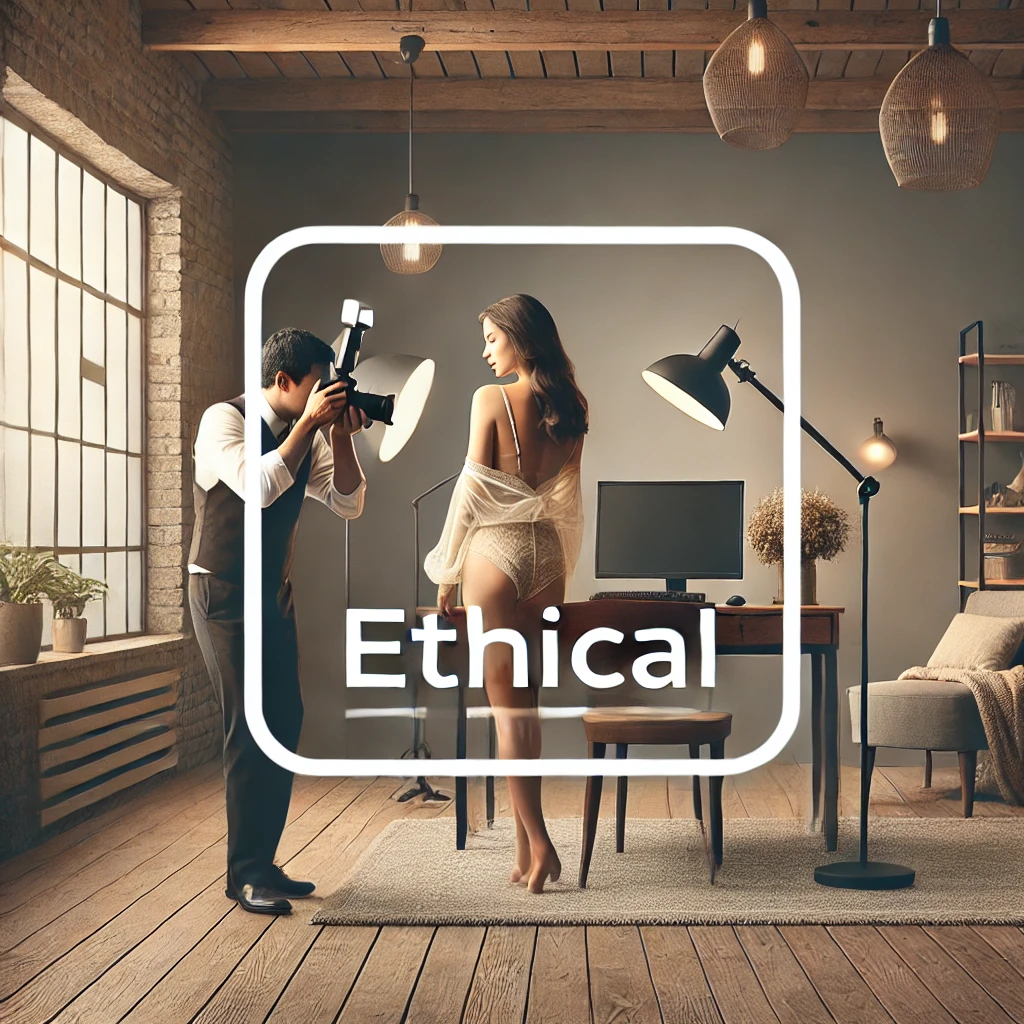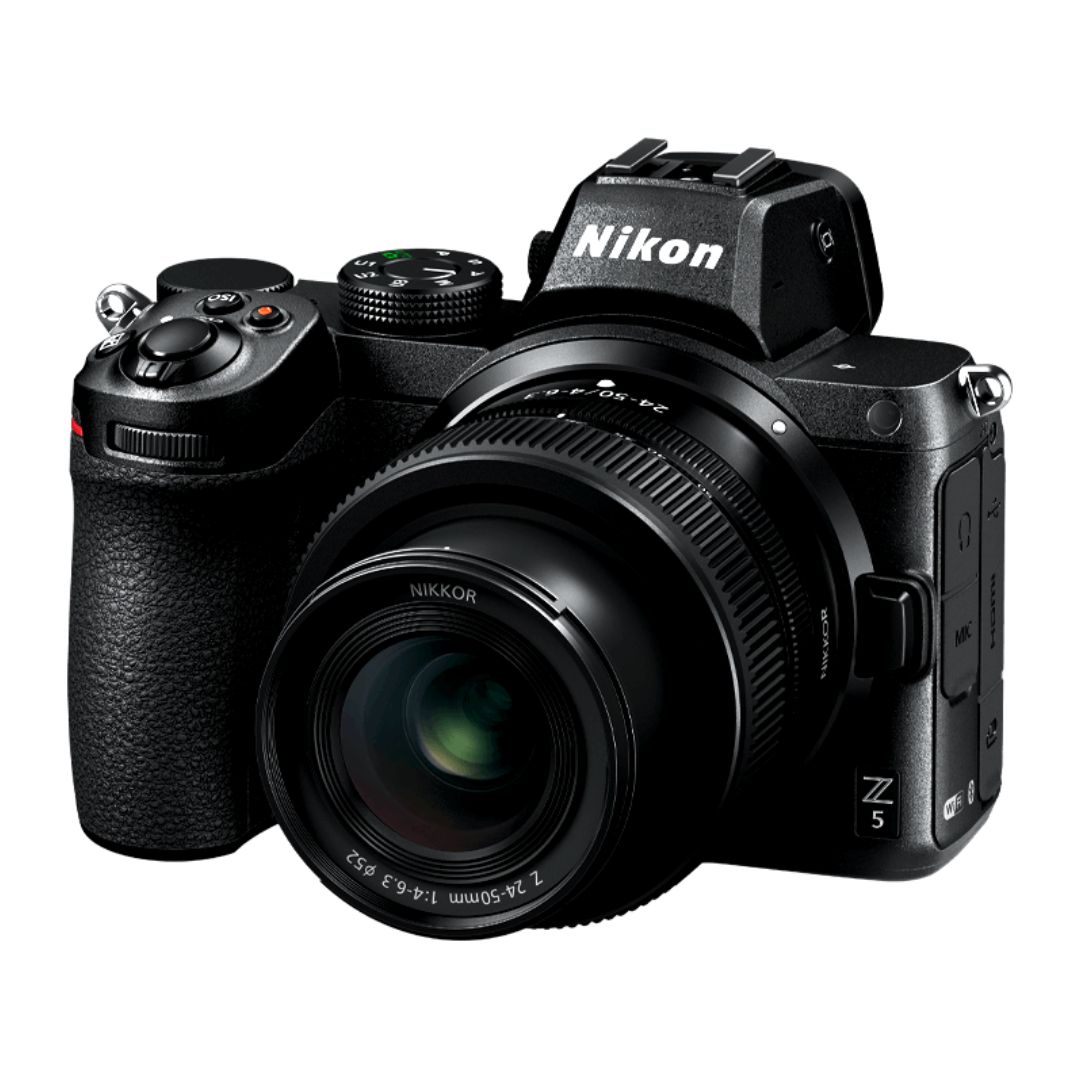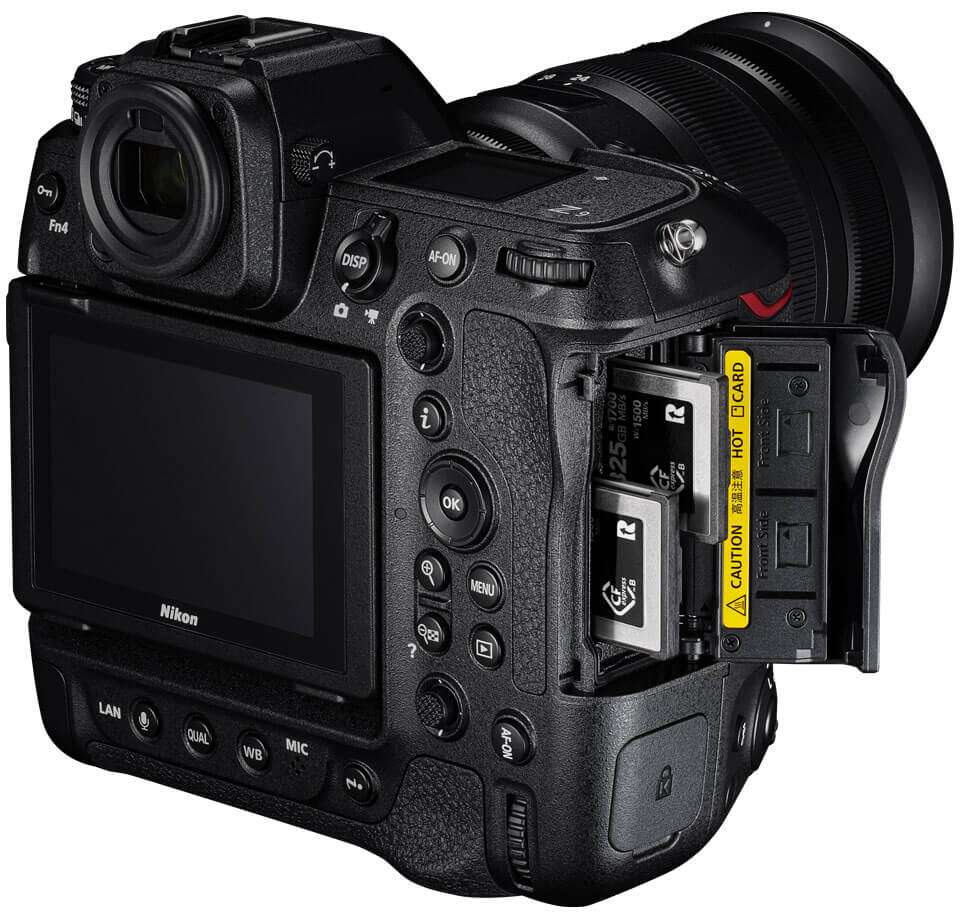Bold photography is an art form that pushes creative boundaries and challenges conventional norms. Whether it’s fashion, boudoir, documentary, or fine art photography, bold imagery often evokes strong emotions. However, with great creative freedom comes the responsibility to respect client privacy, uphold ethical standards, and maintain professionalism. This article explores the ethics of bold photography, covering essential topics such as consent, privacy, boundaries, legal considerations, and best practices for maintaining integrity in the industry.
Understanding Ethical Boundaries in Bold Photography
1. The Importance of Ethics in Photography
Ethics in photography revolves around honesty, integrity, and respect for subjects. In bold photography, where images may be intimate, revealing, or provocative, ethical considerations become even more critical.
Key Ethical Principles:
- Respect for Privacy: Ensuring that clients feel safe and comfortable.
- Informed Consent: Securing explicit permission before capturing and sharing images.
- Transparency: Communicating the intent, style, and potential use of photos.
- Confidentiality: Protecting client data and restricting unauthorized access to images.
2. The Role of Consent in Bold Photography
Informed consent is the foundation of ethical bold photography. Clients should have full knowledge of how their images will be used, stored, and shared.
Best Practices for Obtaining Consent:
- Use a detailed model release form outlining the scope of the shoot.
- Have a pre-shoot consultation to discuss comfort levels and boundaries.
- Allow clients to review images before publication.
- Provide opt-out options for clients who change their minds.
3. Balancing Artistic Freedom and Client Privacy
While photographers seek artistic expression, it is essential to balance creative freedom with respect for clients.
How to Maintain This Balance:
- Keep personal and sensitive information confidential.
- Avoid publishing images without explicit permission.
- Be mindful of cultural sensitivities and personal values.
- Offer anonymous or cropped images for clients who prefer privacy.
Legal and Professional Considerations
4. Understanding Privacy Laws in Photography
Different countries have specific privacy and copyright laws that govern photography. It is crucial to be aware of:
- Right to Privacy Laws: Protect individuals from unauthorized image use.
- Copyright Ownership: Understand who owns the rights to the photos.
- Contracts and Model Releases: Ensure legally binding agreements for publishing photos.
5. Handling Sensitive and Intimate Photography
Boudoir and personal portrait sessions require extra discretion. Ethical photographers:
- Store images securely using password-protected systems.
- Never distribute images to third parties without consent.
- Offer non-disclosure agreements (NDAs) for added privacy.
Professionalism and Ethics of Bold Photography
6. Respecting Boundaries During a Photoshoot
Maintaining professionalism builds trust and ensures a comfortable experience for clients.
Key Guidelines:
- Maintain a safe and respectful environment.
- Encourage clients to voice any concerns or discomfort.
- Provide a chaperone option if desired by the client.
- Follow ethical guidelines set by photography organizations.

7. Ethical Editing and Image Manipulation
Post-processing should enhance images while respecting the authenticity of the subject.
Ethical Editing Practices:
- Avoid excessive retouching that alters body image unrealistically.
- Respect clients’ preferences on editing levels.
- Be transparent about what changes will be made.
8. Handling Social Media and Public Sharing
The digital age presents challenges in maintaining privacy. Ethical photographers:
- Seek permission before sharing images online.
- Provide secure platforms for client access.
- Avoid tagging clients in sensitive photos without approval.
Case Studies and Real-World Examples
9. Ethical Dilemmas in Bold Photography
Case Study 1: The Unauthorized Image Use Controversy
A photographer published a boudoir photo without proper consent, leading to legal action. Lesson: Always have written consent before publication.
Case Study 2: The Social Media Privacy Violation
A client’s intimate photos were shared on social media without prior discussion. Lesson: Discuss social media sharing policies upfront.
10. Best Practices from Industry Experts
Professional photographers recommend:
- Establishing clear agreements on privacy.
- Encouraging collaborative decision-making.
- Providing ongoing support and reassurance to clients.
Conclusion: Upholding Ethics of Bold Photography
Respecting client privacy is not just a legal obligation but a fundamental aspect of ethical photography. By prioritizing consent, transparency, and professionalism, photographers can create powerful images while maintaining trust and integrity in the industry.
Final Takeaways:
- Always obtain informed consent.
- Be clear about image usage and rights.
- Handle images with care and confidentiality.
- Respect clients’ comfort levels and boundaries.
- Maintain a high standard of professionalism in all interactions.
By adhering to ethical principles, photographers can elevate their craft while ensuring a positive experience for their clients.

Sony Alpha a7 IV: The Ultimate Camera for Photography

Nikon Z5 Review: Is It Worth It?
-

Nikon Z9 : Game-Changer for Photography
-

Top Features of Nikon D850 That Make It Ideal for Portfolio Shoots
Sony Alpha a7 IV: The Ultimate Camera for Photography
Explore the Sony Alpha a7 IV in this complete 2025 review. Learn how its pro-level features, real-world performance, and hybrid flexibility make it the ultimate camera for photography across genres like portraits, weddings, travel, and commercial work. Table of Contents Section 1: Introduction – Why the Sony Alpha a7 IV Stands Out The Sony Alpha…
Nikon Z5 Review: Is It Worth It?
In 2025, photographers—whether hobbyists, content creators, or professionals—seek equipment that blends value, performance, and future-readiness. Enter the Nikon Z5, a full-frame mirrorless camera marketed as a gateway to high-end imaging without a flagship price tag. But how well does it hold up under real-world demands like studio shoots, weddings, landscape adventures, and lifestyle photography? In…
Nikon Z9 : Game-Changer for Photography
Discover why the Nikon Z9 is considered a true game-changer for photography. This in-depth Nikon Z9 review explores key features, real-world performance, and how it excels in professional photo shoots in 2025. Table of Contents 1. Introduction The photography world witnessed a significant shift with the launch of the Nikon Z9, a flagship mirrorless camera…
Top Features of Nikon D850 That Make It Ideal for Portfolio Shoots
Discover why the Nikon D850 is the ultimate DSLR for portfolio shoots. Explore its top features—from resolution and dynamic range to autofocus precision and workflow speed—that help photographers create stunning, high-impact images for professional portfolios. Whether you’re a portrait artist, fashion photographer, or visual storyteller, a portfolio shoot demands technical excellence, creative flexibility, and uncompromised…
Candid Moments with Canon EOS R10: Lightweight & Reliable
In the evolving world of mirrorless photography, the Canon EOS R10 stands out as a lightweight yet powerful camera tailored for real-life storytelling. Whether you’re photographing street scenes, family gatherings, weddings, or spontaneous portraits, capturing genuine emotion requires a responsive and discreet tool. This article dives deep into how the Canon EOS R10 excels in…
Bold Portraits with Canon EOS R5: Is It the Best for Work?
Studio photography has always demanded precision, artistry, and impeccable gear. As the expectations for commercial portraits, fashion campaigns, and editorial work continue to rise, the tools we use must evolve. Enter the Canon EOS R5, a camera that has stirred the professional waters with its impressive technical specs and forward-thinking design. In this comprehensive Canon…

